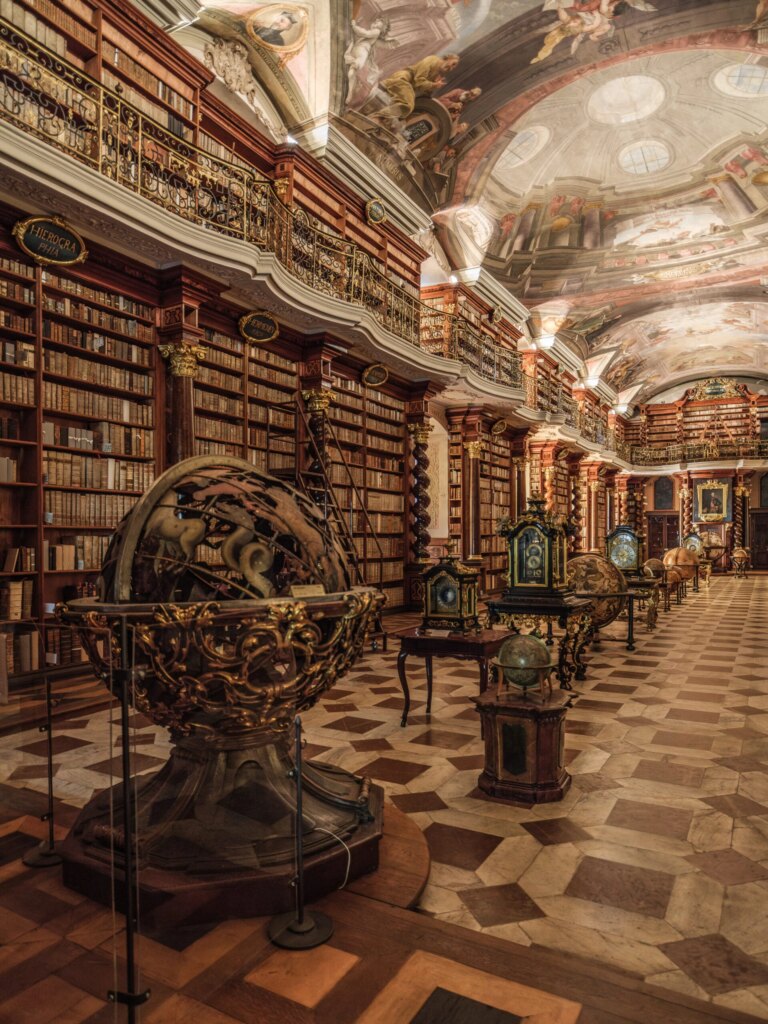Dostoyevsky’s manuscripts illuminate a vast and complex creative process. Explore what these drawings and stylistic touches say about his work and artistry.
Russia’s nineteenth-century literary scene is packed with legendary names, but few names carry more weight than that of Fyodor Dostoyevsky. Perhaps only Leo Tolstoy can rival Dostoyevsky’s claim to the title of ‘Godfather’ of Russian literature. But the great Tolstoy never plumbed the dark depths of humanity and society in the way that Dostoyevsky did, in works like Crime and Punishment, Demons, and Notes from Underground.
Reading Dostoyevsky today, though, there is an inherent disconnection. Even if we read his work in the original Russian, indulging in the author’s mastery of his own native language, we are still separated from the words he organized and inscribed on the page by his own hand.
Not only are we disconnected from the words committed to print, but from the sketches and illustrations he jotted into the margins of his manuscripts, too. It’s in this marginalia that we find fascinating insights into the author, the man, and his creative process.
A Frightening Jumble of Words and Imagery
Dostoyevsky was a versatile writer. He was equally capable of blistering missives like Notes From Underground and House of the Dead, and sweeping epics like The Brothers Karamazov. But mainly, Dostoyevsky is known for the latter – he’s known for works of startling breadth and scope, with an extensive cast of characters and a grand artistic vision.

You’d imagine that this would take meticulous organization and ordering, in the same way a composer might put together a symphony. And surely you’d be right. But a glance at Dostoyevsky’s manuscripts reveals something else. His writing is a chaotic jumble of imagery and form, with doodles in the margins and loping paragraphs that seem to follow neither rhyme nor reason.
Of course, Dostoyevsky had his own system. He simply would not have been able to produce the magic he did without one. But it was a system known only to him. Rather than ordering and arranging his notes like a desk clerk or a secretary, he preferred to let each page sing with life.
The Richness of the Creative Process
The work of Dostoyevsky was forged and fashioned from the memory and lived experience of its author. He was a creator and an artist, but he was also an observer, a sharp-eyed analyst of humanity. Horrifying experiences from his childhood worked their way into his writing, while the shocking mock execution he experienced in 1849 is presented in disturbing detail in The Idiot.

This process of dredging up, reliving, and then processing memories is not only written into his prose – it is etched into the physical material of the manuscripts he worked on.
Downcast shadowy faces are pulled from deep within the author’s subconscious, while architectural drawings sketch out the physicality of the world these characters inhabit.
It’s not that Dostoyevsky was disorganized or haphazard – it’s just that the cathartic, therapeutic, working-through of his ideas was a necessary part of his process.
Diverse Inspirations
The recurrence of architecture in Dostoyevsky’s drawings is representative of one of the author’s great loves – the artistry and magnificence of fine building design. The philologist Dmitry Likhachev has commented that Dostoyevsky’s love of architecture, particularly Gothic architecture, is a metaphor for the dichotomies evident in his work.
The interplay between good and evil, the rapid rises and rapid falls, the rigidness of social structure, are all key themes in Dostoyevsky’s writing, and find physical manifestations in grand gothic structures.

The script itself also needs to be considered. Examining Dostoyevsky’s manuscripts shows us that he wrote in wildly different styles and modes of handwriting. For Dostoyevsky scholar Konstantin Baršt, the author may have used different styles of handwriting to express different thoughts and positions, creating a dynamic ebb and flow of intensity throughout his work.
The Incredible Complexity of Dostoyevsky’s Legacy
Dostoyevsky’s manuscripts and notes have been pored over by scholars. They have been written about in books and essays – and in blogs like this one. They’ve even been exhibited to the public as great works of art.
But there’s no suggestion that these pieces of marginalia and flourishes of creativity were ever meant to be seen by anyone outside the author’s circle. It is Dostoyevsky’s finished works and the wonder he was able to create upon the page that represent his true legacy. These sketches and annotations do not detract from this body or work, nor do they add to it.

Instead, they demonstrate the actions and processes of a formidable artistic mind. They give us a glimpse into the creative structures that Dostoyevsky employed, and the steps required to take us from a collection of memories and thoughts to a fully-realized masterpiece. For that reason, browsing these creations, which sprang directly from the author’s pen, is an incredibly rewarding experience.
Join our community of 1.5M readers
Like this story? You'll love our free weekly magazine.








